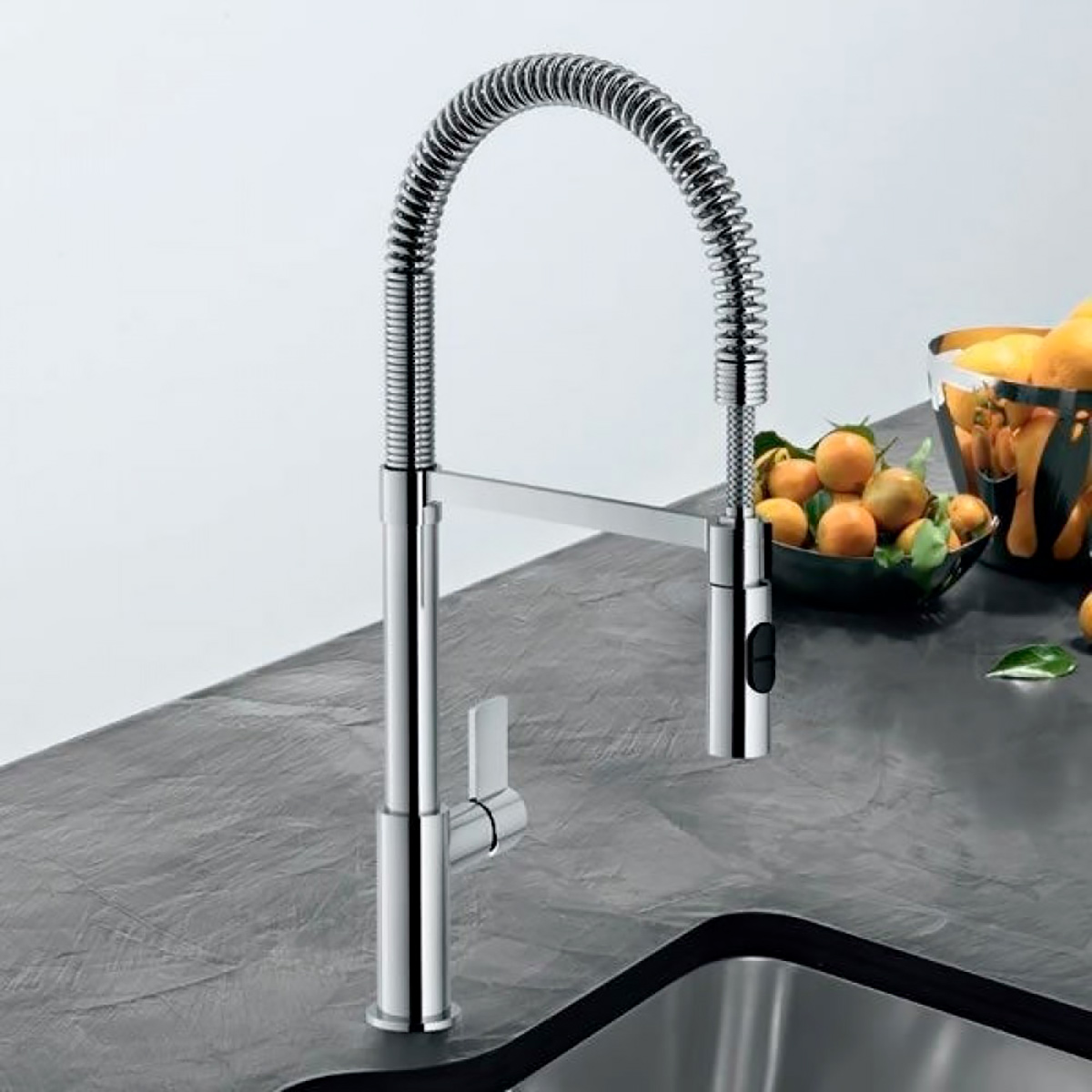
Franke Kitchen Systems - Solido rubinetto in acciaio inox Atlas con erogatore estraibile, miscelatore monocomando, alta pressione con doccetta estraibile : Amazon.it: Fai da te

Franke Giada Avena - Grifo (Avena, Acero inoxidable, Grifos de palanca, Solo, Cerámico, 3,5 cm) : Amazon.es: Bricolaje y herramientas

Franke Kitchen Systems - Solido rubinetto in acciaio inox Atlas con erogatore estraibile, miscelatore monocomando, alta pressione con doccetta estraibile : Amazon.it: Fai da te

Franke Kitchen Systems - Solido rubinetto in acciaio inox Atlas con erogatore estraibile, miscelatore monocomando, alta pressione con doccetta estraibile : Amazon.it: Fai da te

FRANKE Rubinetto a 3 vie, in acciaio inox massiccio, adatto per filtro acqua AMWAY eSpring, rubinetto da cucina, rubinetto per lavello, miscelatore a tre vie per impianti ad osmosi : Amazon.it: Fai

FRANKE - Rubinetto a 3 vie, design con bocca a L, in acciaio inox massiccio, per lavello, miscelatore a 3 vie, per impianti ad osmosi, per sistemi di acqua potabile : Amazon.it: Altro

Franke Kitchen Systems - Solido rubinetto in acciaio inox Atlas con erogatore estraibile, miscelatore monocomando, alta pressione con doccetta estraibile : Amazon.it: Fai da te

Franke Kitchen Systems - Solido rubinetto in acciaio inox Atlas con erogatore estraibile, miscelatore monocomando, alta pressione con doccetta estraibile : Amazon.it: Fai da te















